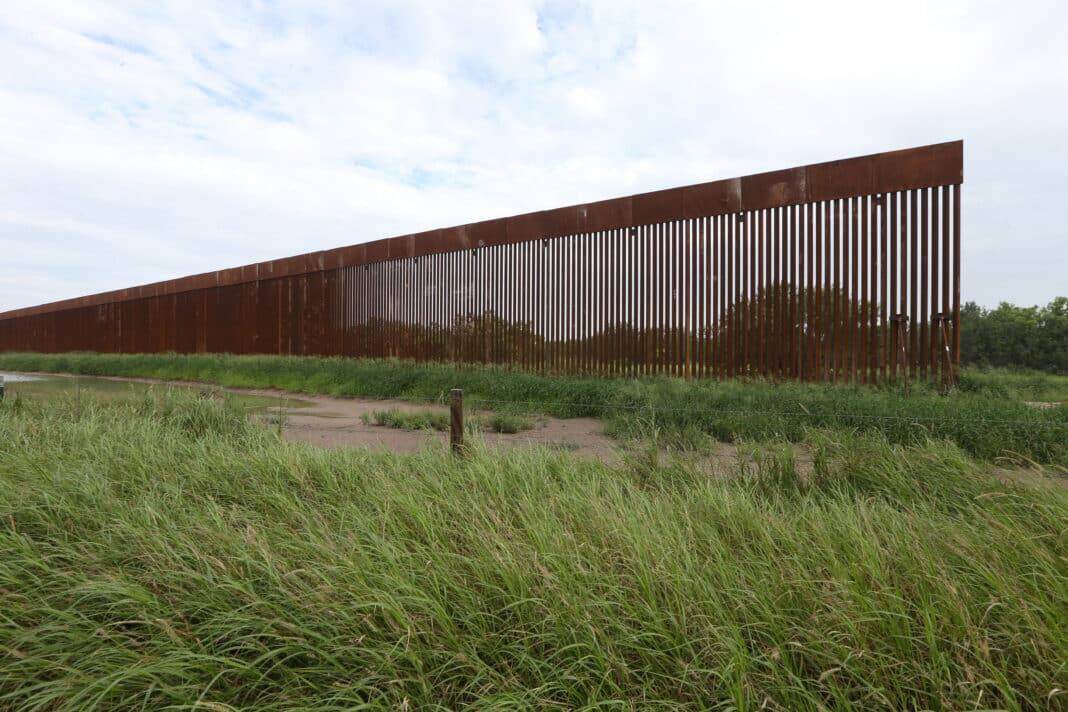|
Only have a minute? Listen instead
Getting your Trinity Audio player ready...
|
Just one day after news broke that Homeland Security Secretary Alejandro N. Mayorkas had greenlit the construction of new border wall in Starr County — waiving 26 federal laws in the process — both local and federal officials have been left with questions.
Why now? Why in Starr County? And why use a practice that hasn’t been promulgated since Donald Trump was president?
“It’s really very confusing,” Starr County Judge Eloy Vera told The Monitor on Thursday.
“We don’t know exactly where they’re going, or how they’re going to be constructed, or who’s gonna be affected. All we know is that approximately one-third of it is on public land. One-third is private land that the landowners have agreed to it, and the other third, we don’t know,” Vera added.
Nor was Vera alone in his confusion. U.S. Rep. Henry Cuellar, D-Laredo, whose 28th Congressional District encompasses the entirety of Starr County, was also taken somewhat by surprise.
“This waiver, this happened so quick. I didn’t know about it until, I think, the night before,” Cuellar said via phone on Friday.
However, the authorization didn’t come entirely out of left field. In August, The Monitor reported that U.S. Customs and Border Protection has been mulling the idea of constructing new segments of border wall in Starr County for over a year.
At the time, CBP was seeking comment on a proposal to put up 20 miles of contiguous fencing from Falcon Dam southward along the river.
Thursday’s notice in the Federal Register gave the public its first view of what the wall construction will actually entail.
Citing a rise in the number of people attempting to enter the country via the southern border, Mayorkas stated it was “necessary” to build more border wall.
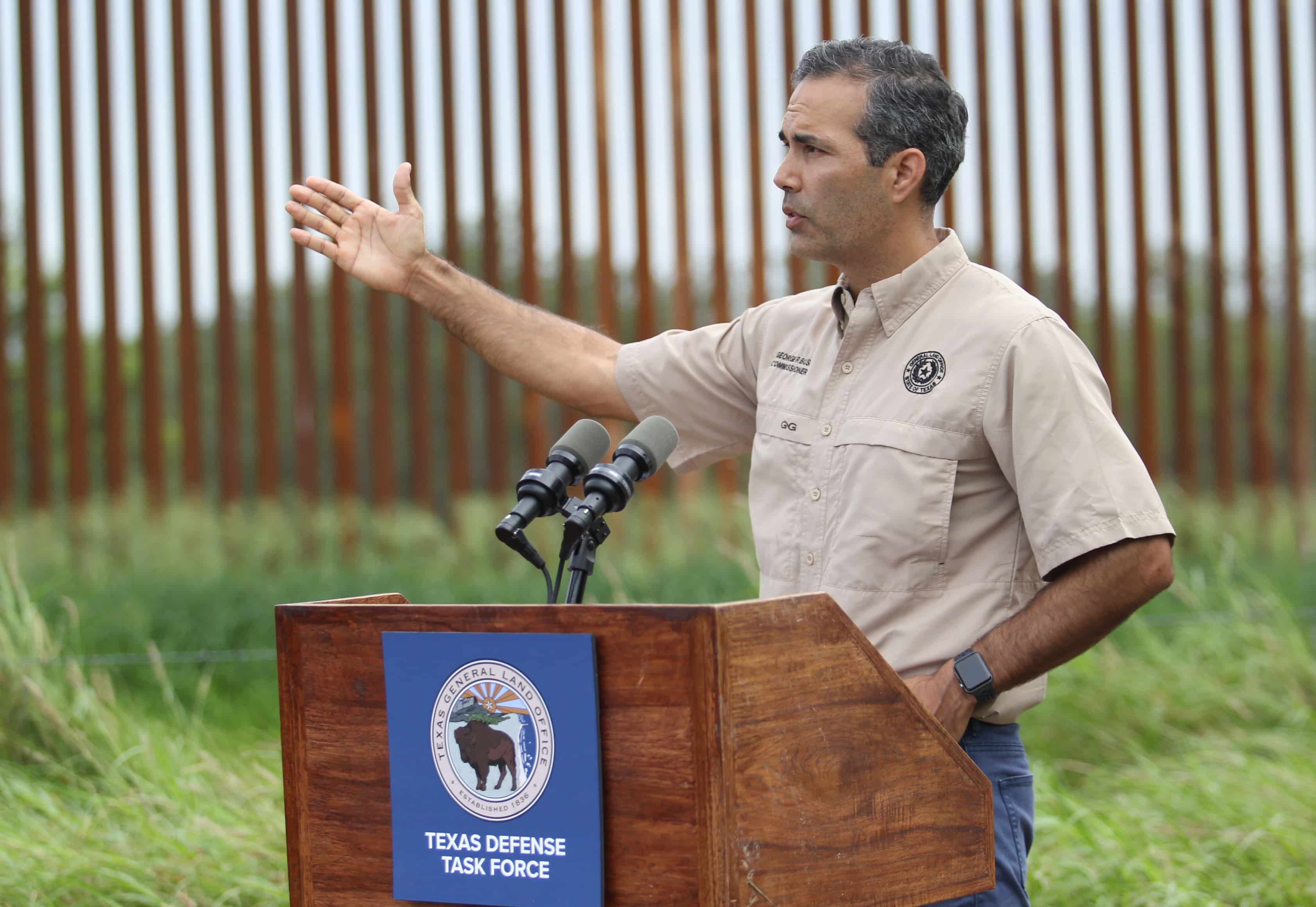
“As of early August 2023, Border Patrol had encountered over 245,000 such entrants attempting to enter the United States between ports of entry in the Rio Grande Valley Sector in Fiscal Year 2023,” the notice reads, in part.
“Therefore, I must use my authority under section 102 of IIRIRA to install additional physical barriers and roads in the Rio Grande Valley Sector. Therefore, DHS will take immediate action to construct barriers and roads,” Mayorkas further stated, referring to the Illegal Immigration Reform and Immigrant Responsibility Act of 1996.
Both Vera and Cuellar were aware that CBP had been considering building new wall in Starr County for some time. Nonetheless, the authorization has prompted questions from both men.
In particular, Cuellar expressed concern over Mayorkas’ decision to waive more than two dozen environmental laws, including the National Environmental Policy Act, the Endangered Species Act, the Migratory Bird Treaty Act, and the Clean Water Act.
“Now, what I don’t agree with is the waiver of the environmental law. There’s nothing that forces them to waive the environmental laws. That is what I’m trying to get an answer, which is why I texted the secretary and Troy Miller and said, ‘Why did you all do this? You all didn’t have to do this,’” Cuellar said.
He was referring to Secretary Mayorkas and acting CBP Commissioner Troy A. Miller, whom he was waiting to hear back from as he spoke with The Monitor.
Waiving the litany of environmental laws is a tactic that was most often used during the Trump administration to sidestep bureaucratic obstacles to border wall construction.
And it’s a decision that flies in the face of promises President Joe Biden made on the campaign trail to not build “another foot” of the border barrier.
The authorization makes clear, however, that the new wall will be funded by an appropriations bill Congress approved in 2019, when Trump still held office.
Despite that, the backlash has been swift against Mayorkas and Biden, who on Thursday told reporters that border walls don’t work.
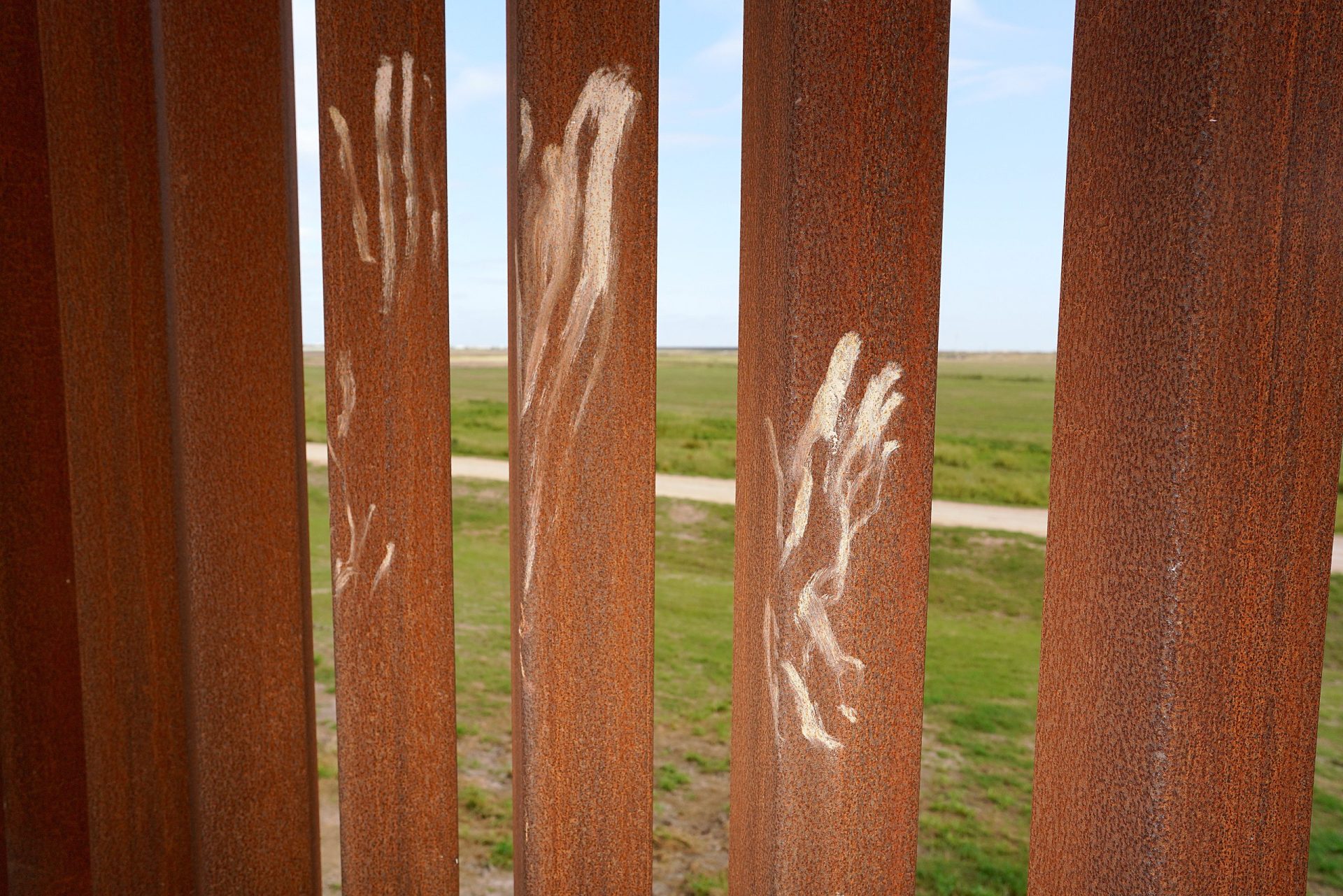
Mayorkas issued a statement of his own, saying that the notice’s language was “being taken out of context” and intimating that the Biden administration is hamstrung from doing anything other than using the 2019 monies for border wall.
“There is no new Administration policy with respect to border walls. From day one, this Administration has made clear that a border wall is not the answer,” Mayorkas stated.
“(T)he law requires the government to use these funds for this purpose, which we announced earlier this year. We have repeatedly asked Congress to rescind this money but it has not done so and we are compelled to follow the law,” he further stated.
Meanwhile, though the notice cites an increase in migrant crossings as the impetus for the new wall construction, on the ground in Starr County, Vera says the opposite is true.
“Now, over the last few months, those numbers have decreased tremendously,” the Starr County judge said.
Where once border agents would apprehend groups of 100-200 people at a time, now, those numbers have dwindled to 10-20 people at a time, Vera said.
CBP’s own data — as illustrated in so-called “heat maps” the agency released to Cuellar — shows that Starr County is not a hot spot for migrant crossings, though they have increased elsewhere, including in Brownsville, Eagle Pass and El Paso.
CBP has yet to respond to The Monitor’s request for data regarding the number of crossings specific to Starr County.
Between the lack of numbers in Starr County and the piecemeal proposal for the wall’s construction, Vera said he didn’t understand why CBP is choosing to build the wall in his county now.
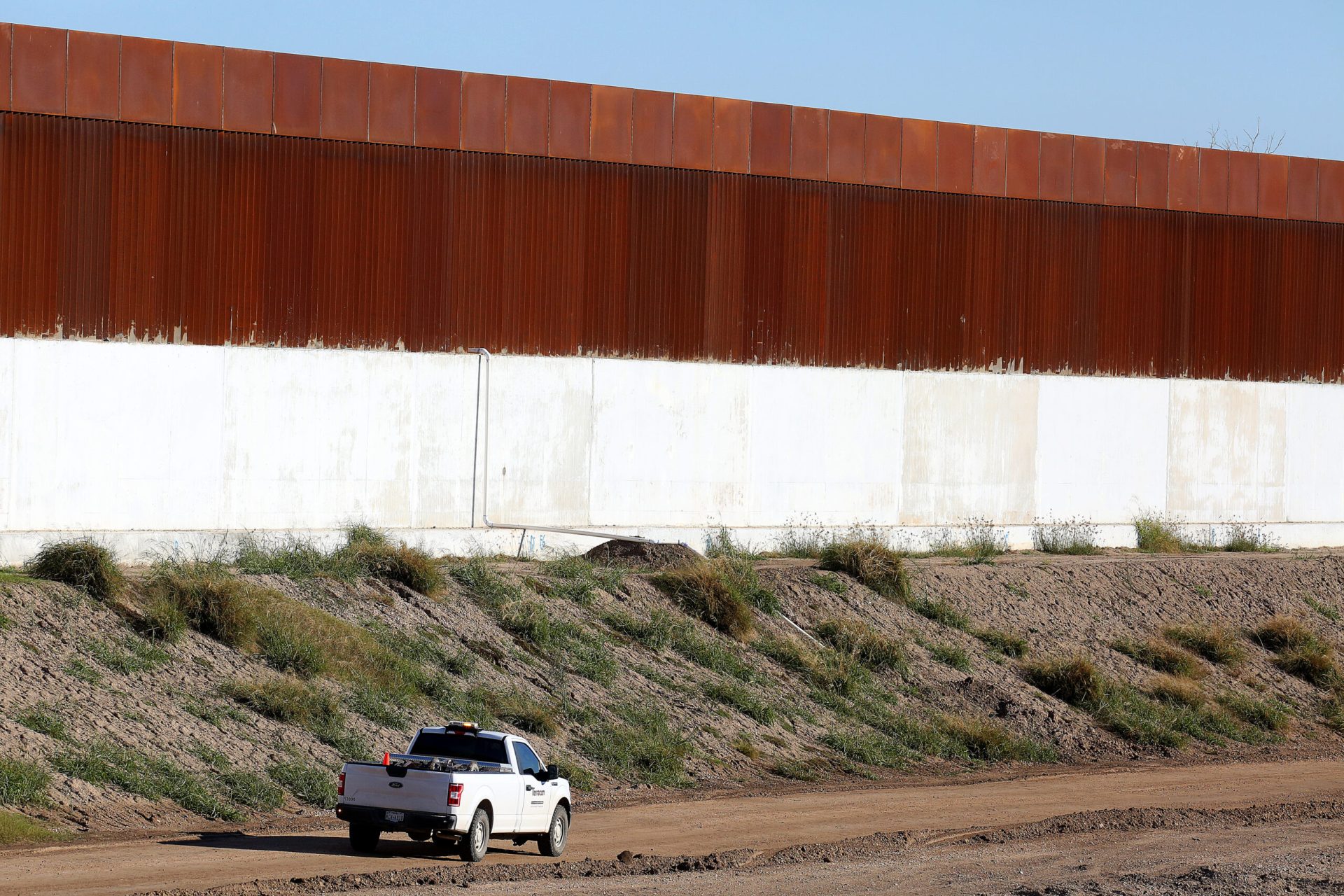
“I think it’s a tremendous waste of money, taxpayers’ money, to be using it at this point in the game,” he said.
The plan calls for constructing a total of 17 non-contiguous miles of “movable” fencing consisting of 18-foot bollards mounted atop concrete Jersey barriers, as well as building roads necessary to access the wall.
“This might’ve been better used a couple of years ago. And then building two miles here and then skipping five miles, and building another half-mile, and skipping 20 miles. To me that sounds ridiculous. How are you gonna be controlling that?” he added.
The county judge is also concerned about the environmental impact the wall will have on several endangered species that can only be found in Starr County, including the star cactus.
Just last month, the U.S. Fish and Wildlife Service announced their intentions to reintroduce ocelots onto ranchlands in Starr County with hopes it will help create a resurgence in American populations of the critically endangered wildcat.
But Vera and others are worried that new border wall could impede wildlife conservation efforts.
Further, the notice in the Federal Register states that the wall will touch at least seven tracts of land that are part of the Lower Rio Grande Valley Wildlife Refuge System between Falcon Dam and the Starr-Hidalgo County line.
Cuellar confirmed Friday that portions of the border wall will not just touch the boundaries of those refuge tracts, but encroach into them.
But one key piece of protected land will remain so — a tiny pocket of the refuge known as Salineño, which has become well-beloved by birders from across the globe.
“Now I’m told that they’re skipping two miles of this birding area where they’re not gonna be building the wall,” Vera said.
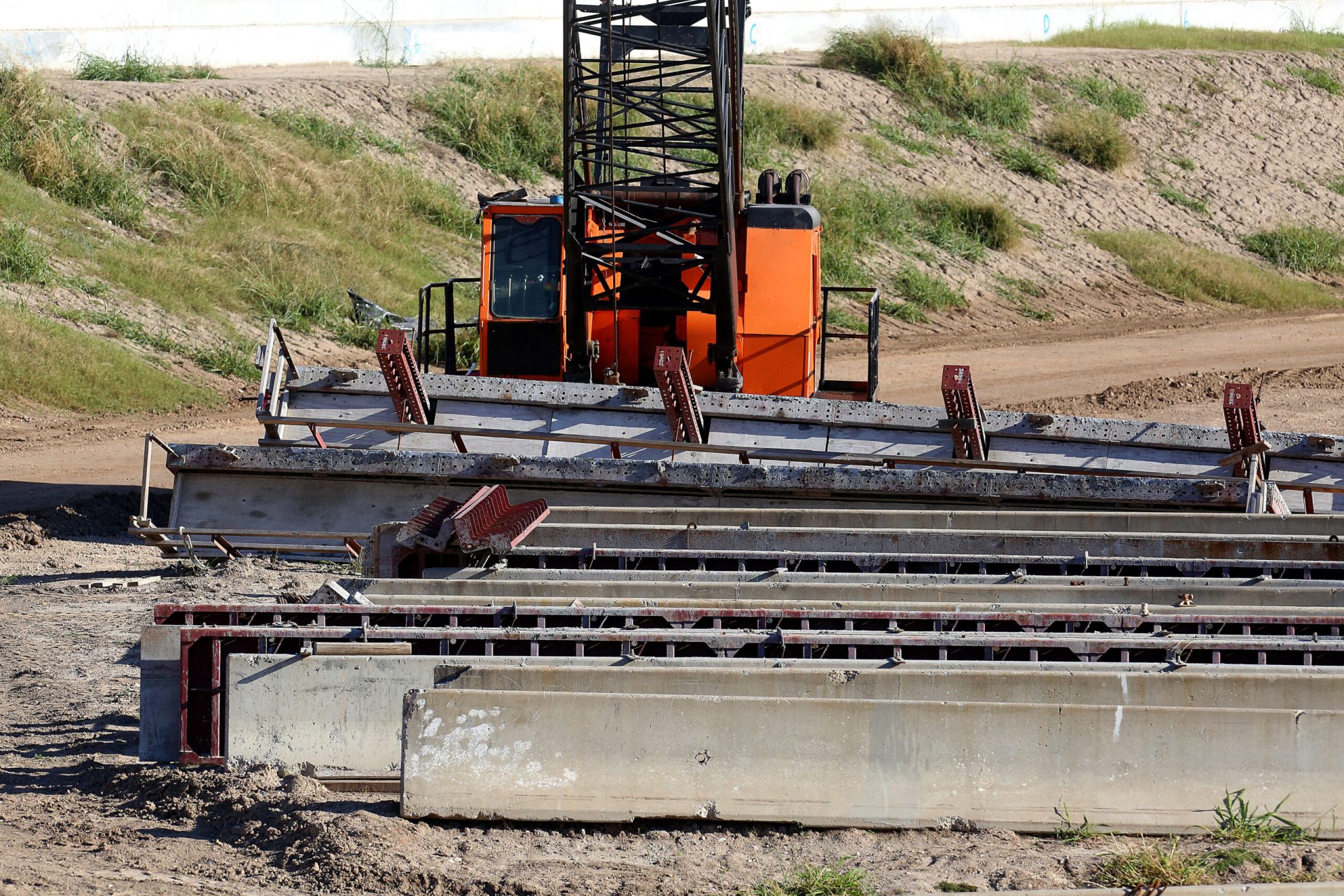
However, the county judge remained incredulous.
“And that’s well, you know. That’s good and well, but birds don’t know that they need to stay in that two-mile stretch,” he said.
Vera hopes federal officials have studied the potential environmental ramifications, but — as with everything else related to the new wall plans — he’s just as mystified as everyone else.
“We don’t know. There’s been very little communication between Homeland Security and the county,” Vera said.
“A lot of things, like with you, I can’t answer because I don’t have the information,” he added a moment later.
The county judge’s comments stood in contrast to an earlier statement from CBP.
“DHS worked closely throughout the summer with stakeholders, including impacted landowners, tribal, state, and local elected officials, and federal agencies,” a DHS spokesperson said via email on Thursday.
The most recent communication he’s had from federal officials has been an email “about a month, two months ago,” Vera said.
As for when residents can expect to see construction begin, Cuellar said he’s working to get answers.
“They apparently awarded a contract already,” Cuellar said.
But even he has been left in the dark as to the what, when and who will build the wall.
“That, I’m gonna ask. They’ve been very tight lipped,” he said.

